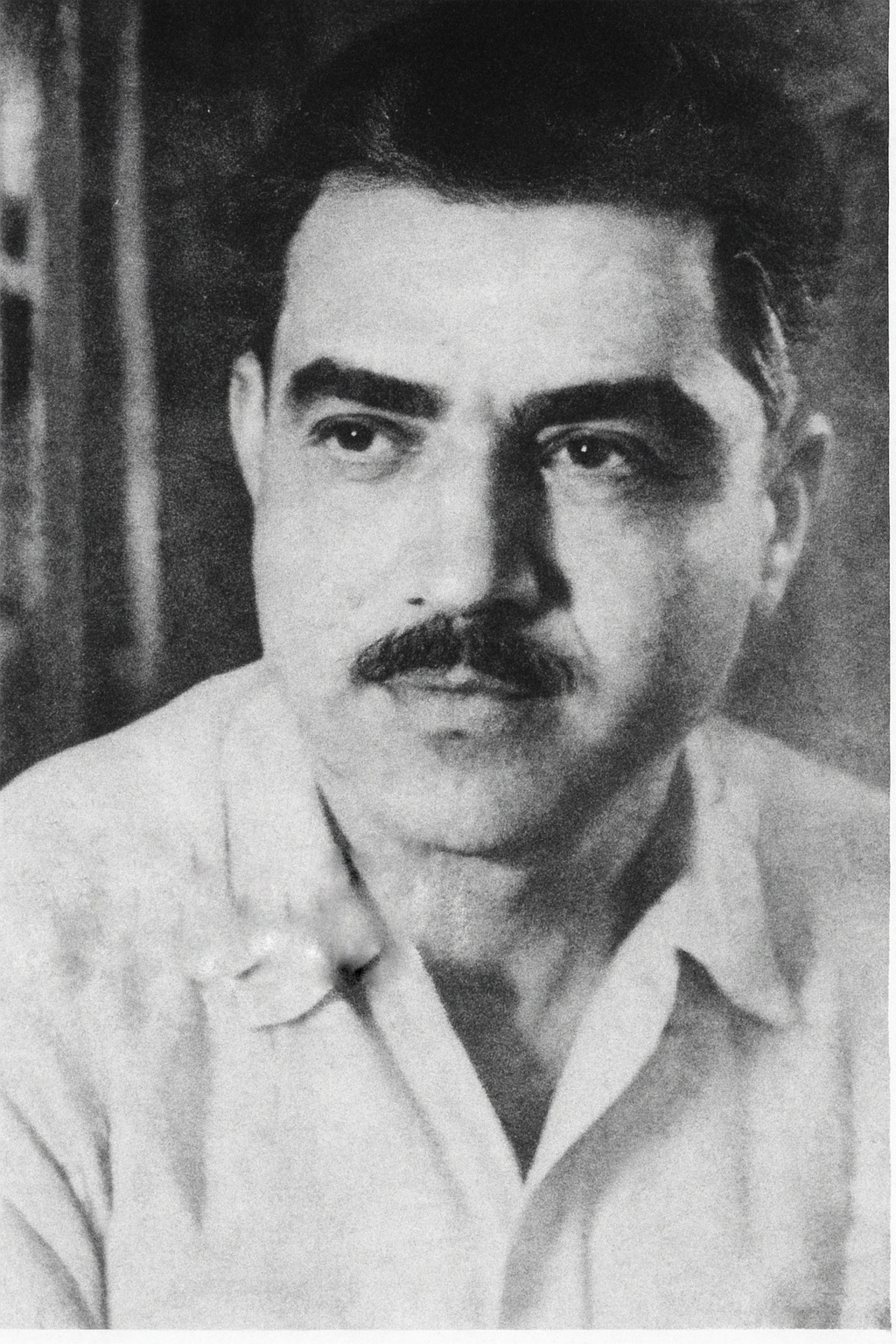
Legendary Melli Irani: SICA #1
Jun 20 2025
Melli Irani: Living Legend / Master of South Indian Cinematography
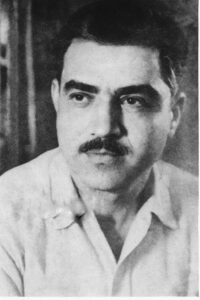
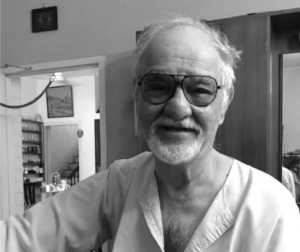
🎥 A Cinematic Legacy Rooted in Heritage
Melli Irani was born on August 5, 1932, in Bombay (now Mumbai), into a family already steeped in the craft of filmmaking. He was the son of Adi Irani, a respected cinematographer and technician who contributed to the golden age of Hindi cinema. With cinema running in his veins, young Melli was trained under the watchful eye of his father, learning the intricate mechanics of the camera, the science of lighting, and the artistry of storytelling through visuals. This early foundation in the Bombay film industry laid the groundwork for a remarkable, though under-acknowledged, career in Indian regional cinema.
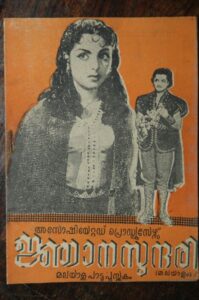
🌄 The Rise in Malayalam Cinema
While his origins were rooted in Bombay, Melli Irani’s career trajectory took a significant turn when he ventured into Malayalam cinema, a vibrant and culturally rich industry that was beginning to embrace more ambitious storytelling in the 1960s.
His Malayalam debut came with the 1962 film Gnanasundari, where he served as the chief cinematographer. The film marked a turning point not just for Irani, but also for the visual evolution of Malayalam films. With his finely tuned sense of composition and narrative pacing through visuals, Irani brought a fresh visual sophistication to the industry.

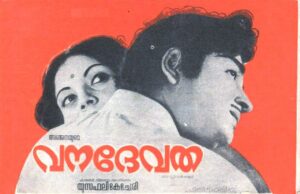
🎬 Prolific Contributions (1962–1984)
Over the next two decades, Melli Irani would become one of the most sought-after cinematographers in Malayalam cinema. He is credited with having worked on at least 47 Malayalam films, collaborating with some of the greatest filmmakers and producers of the time.
✨ Notable Films in His Filmography:
- Yakshi (1968) – A psychological horror drama directed by K.S. Sethumadhavan, remembered for its haunting visual imagery.
- Adimakal (1969) – A hard-hitting social drama; Irani’s camera captured the plight of oppressed characters with raw intensity.
- Anubhavangal Paalichakal (1971) – A politically resonant film starring Sathyan and Sheela.
- Sarapancharam (1979) – One of the most popular Malayalam films of the 70s, noted for its bold theme and stark visual tone.
- Lava (1980) and Valarthumrugangal (1981) – Exhibited his versatility in capturing both lush landscapes and intimate indoor drama.
- Panchami (1976), Vanadevatha (1976), and Inquilab Zindabad (1971) – Films that highlighted his deft use of natural light and location dynamics.
These projects displayed his mastery over both classical cinematography and location lighting techniques, a feat particularly impressive in an era before modern lighting equipment and post-production tools were widely accessible.
👥 Key Collaborations
🎞️ K.S. Sethumadhavan – A Director-Cameraman Synergy
Perhaps the most remarkable chapter in Irani’s career was his enduring collaboration with director K.S. Sethumadhavan. Together, they worked on 27 films between 1962 and 1978. This pairing was artistically powerful, often compared to global equivalents like Bergman and Nykvist or Ray and Subrata Mitra. Irani’s lighting and visual sensibility complemented Sethumadhavan’s sensitive narratives, enhancing their psychological and emotional depth.
🤝 Producer M.O. Joseph and Director T. Hariharan
With producer M.O. Joseph, one of the most successful producers in Malayalam cinema, Melli Irani worked on 14 films. He also shot 10 films for director T. Hariharan, including Raajahamsam, Aazhi Alayaazhi, and Ente Mohangal Poovaninju—films that reveal Irani’s refined understanding of dramatic framing, crowd control, and ambient realism.

🌐 Beyond Malayalam: Footprints in Tamil and Telugu Cinema
While his primary body of work remains in Malayalam, Melli Irani also contributed to Telugu and Tamil cinema—either directly or through remakes and bilingual versions.
In Tamil “Mangaiyar ullam Mangaatha selvam (1962), Engal Selvi, Sarsa BA are important titles
He is credited as the cinematographer of the Telugu film Talli Kodukulu (1973). His visual grammar, rooted in Bombay’s technical traditions and adapted for South Indian storytelling, made him a unique bridge between North and South Indian cinematic styles.
Moreover, many of his Malayalam films like Ajayanum Vijayanum were adaptations of Telugu/Tamil originals, requiring him to reinterpret established narratives for a new visual and cultural palette. This shows his cross-industry influence, even if not always formally credited.

🎖️ SICA’s Founding Member No. 1 – A Title of Honor
Melli Irani’s significance extends beyond his filmography. He holds the prestigious title of Member No. 1 of the Southern India Cinematographers’ Association (SICA)—a professional body of over 2000 members and a history spanning more than 50 years. His membership number reflects his foundational status in the formation of this important organization, which continues to uphold standards of excellence in the profession today.
As a living legend, Melli Irani is still respected in cinematography circles across South India. His name is often mentioned in forums and retrospectives that explore the pioneers of Indian visual storytelling.
🔍 Visual Signature and Technical Craft
Melli Irani’s cinematography was defined by:
- Elegant lensing, favoring balanced compositions with strong geometry.
- Use of deep focus and natural lighting for emotional realism.
- Shadow play and low-key lighting, especially evident in Yakshi and Sarapancharam.
- Practical location shooting, capturing the beauty and chaos of real-world settings.
- Experimental camera movement, rare for the time, using dollies and tracks when handheld was dominant.
His style emphasized storytelling over flashiness, capturing the emotional texture of characters and scenes through camera placement and lighting, not gimmicks.
🌟 Legacy and Influence
While not as widely documented as some of his contemporaries, Melli Irani’s influence remains significant in regional Indian cinema. His work helped define the visual tone of Malayalam films during a golden era—films that blended artistic expression with popular appeal.
He also represents a rare cinematic lineage: a son trained by a father (Adi Irani), who in turn contributed to India’s pre-Independence and early post-Independence film industries. This continuity of visual heritage is invaluable, especially as new generations move toward digital cinematography.
Irani’s name might not dominate mainstream discourse, but his frames remain etched in the memory of South Indian cinema—quietly guiding the work of newer cinematographers who study light, emotion, and composition with reverence.
📚 Conclusion
Melli Irani is more than a cinematographer—he is a chronicler of culture through the lens. His images spoke with subtle power, his light told stories, and his vision helped Malayalam cinema find a new language during its most transformative decades.
In an age where technology often overshadows technique, remembering artists like Melli Irani reminds us that cinema is, at its heart, about capturing truth through the eye of a camera.
Drafted by
CJ Rajkumar
Author/ Cinematographer
